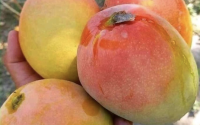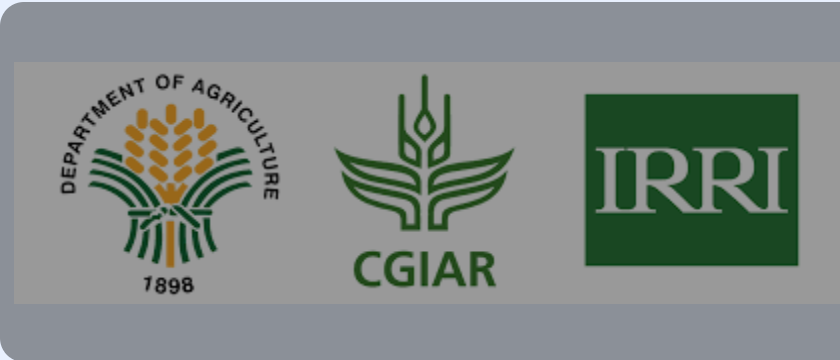Digging Deep: Unearthing The Potential of Africa’s Root Crops for a Food-Secure Future
In the kaleidoscopic tapestry of Africa’s agriculture, a sector often overshadowed by the prominence of cereal crops is silently burgeoning, poised to become a cornerstone of food security and rural economic growth in the upcoming decades. Root crops, humble yet heroic, are rising above the challenges, providing a glimmer of hope amid the looming climate crisis and the relentless quest for food sufficiency.
Hugo Campos, a venerated authority in crop breeding at CGIAR, elaborates on the unparalleled potential of root crops in his riveting narrative, ‘Why Root Crops Are The Future Of Food Security In Africa’, emphasizing the necessity to shift paradigms and channel efforts towards optimizing these climate-resilient tubers. He unflinchingly articulates a vision of a continent where yams, sweet potatoes, and cassavas take the center stage in mitigating food scarcity and fostering rural prosperity. The forecast is exhilarating: a monumental $140 billion surge in market value attributed to root crops by 2050, overshadowing the projections for cereals and meats.
Root crops, heralded for their inherent robustness, climate adaptability, and economic viability, have long been dietary staples across Africa, accounting for a staggering 40% of the total food production. Campos underscores their escalating relevance in the backdrop of an erratic climate, which disproportionately challenges female farmers. The compelling narrative unfolds against the vivid imagery of a first-of-its-kind Africa Climate Summit held in Nairobi, where the vision of mainstreaming root crops into Africa’s climate-smart food systems was fervently deliberated.
The narrative evokes a poignant urgency to act, emphasizing the natural prowess of root crops in withstanding the burgeoning challenges of heat and drought. “Cassava, in particular, stands out as a beacon of resilience, its propensity to flourish under rising temperatures is exemplary,” Campos mentions, alluding to a notable research suggesting a 17.5% upsurge in climate suitability for this crucial tuber.
However, the path to realizing the full spectrum of benefits from these environmental superfoods isn’t devoid of hurdles. It calls for a blend of scientific innovation, strategic investments, and a convergence of minds and resources. Campos accentuates the indispensable role of genetic improvement through novel and de-risked investment models, making a compelling case for genomics-assisted breeding programs that promise drought-tolerant, heat-resistant, and salinity-adaptable varieties of root crops.
The story reverberates with a call for unity, urging for a more cohesive regional partnership encompassing national research agendas, international science bodies, and CGIAR crop research centers. The envisioned consortium would champion the cause of improving and customizing root crops to the unique agrarian landscapes of different African nations.
Campos paints a vivid picture of a collaborative future where cross-border breeding programs amalgamate resources and intellect for optimized crop varieties. He stresses the pivotal need for efficient and accessible seed delivery systems to ensure the fruits of scientific advancements reach the farmers who are the linchpins of this green revolution.
The adoption ceiling for improved varieties of most crops in Africa stagnates at around 40%, a statistic that Campos finds disconcerting. He urges for the creation of channels, whether informal, cooperative, governmental, or non-profit, to accelerate the transition to newer, climate-smart varieties of root crops.
The narrative juxtaposes the recent Africa Climate Summit’s unified voice against the imperative of acknowledging country-specific nuances in combating the climate emergency. Campos’ vision is unambiguous: harnessing the underexploited potential of roots and tubers could be the panacea to climate-proofing food security in Africa.
The resonant call for a Green Revolution for roots, tubers, and bananas, akin to the global cereal production transformation, echoes through the narrative. It’s a call for a concerted effort to blend science, environmental stewardship, and political will to propel Africa towards a future of food security and economic resilience.
The article concludes on a hopeful note, portraying an Africa reaping the bounties of its soil, with root crops as its harbinger of food security and prosperity. Amidst the challenges, the narrative by Campos stands as a testament to the boundless possibilities lying beneath the African soil, waiting to be unearthed.
With meticulous research and impassioned storytelling, Hugo Campos has sowed a seed of optimism, heralding a future where the roots run deep, anchoring the continent’s food security against the tempests of change.


